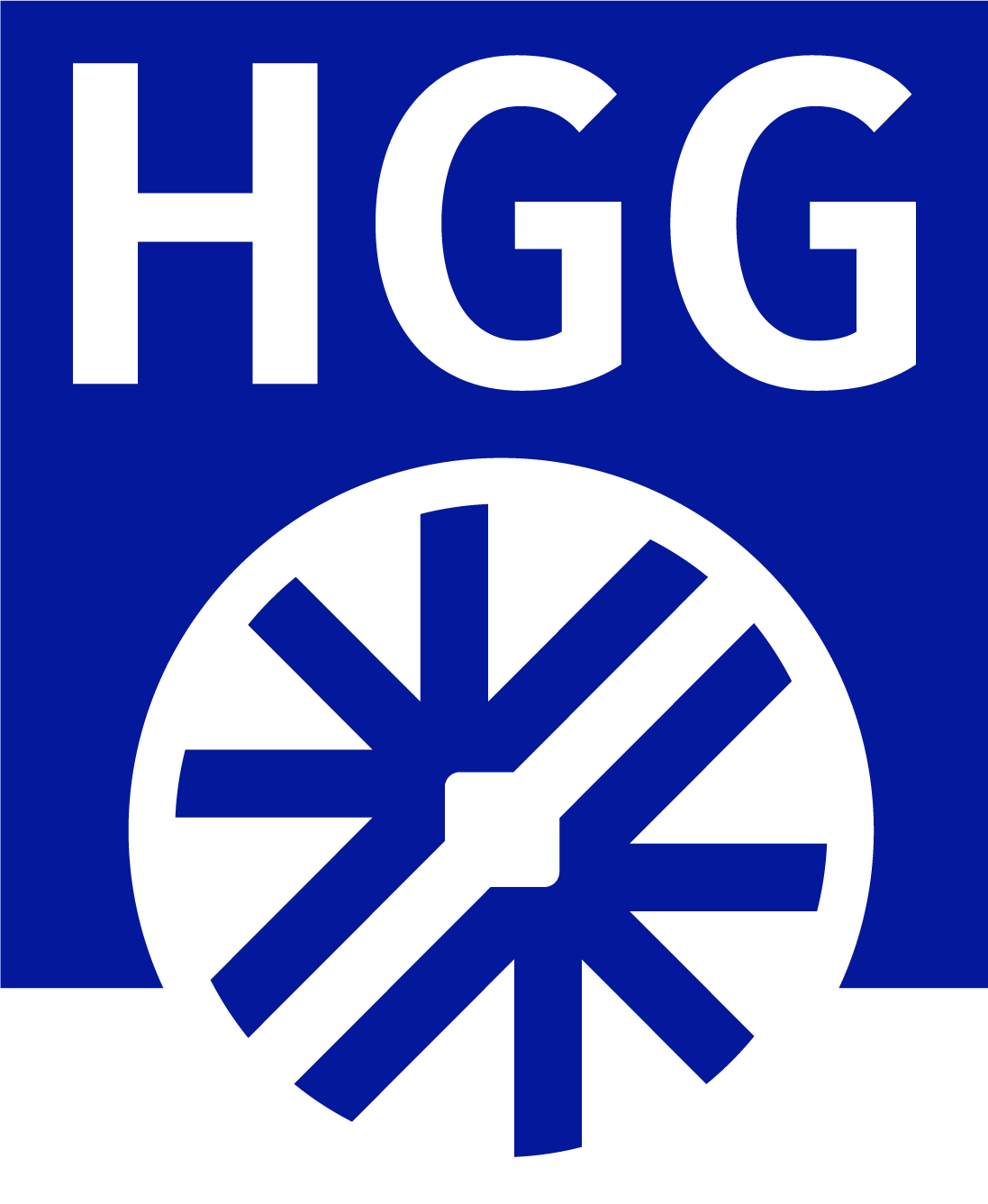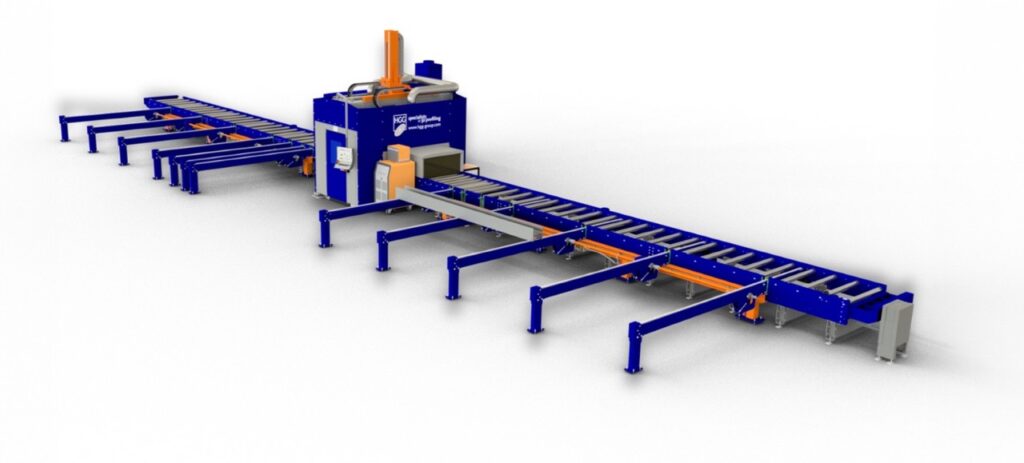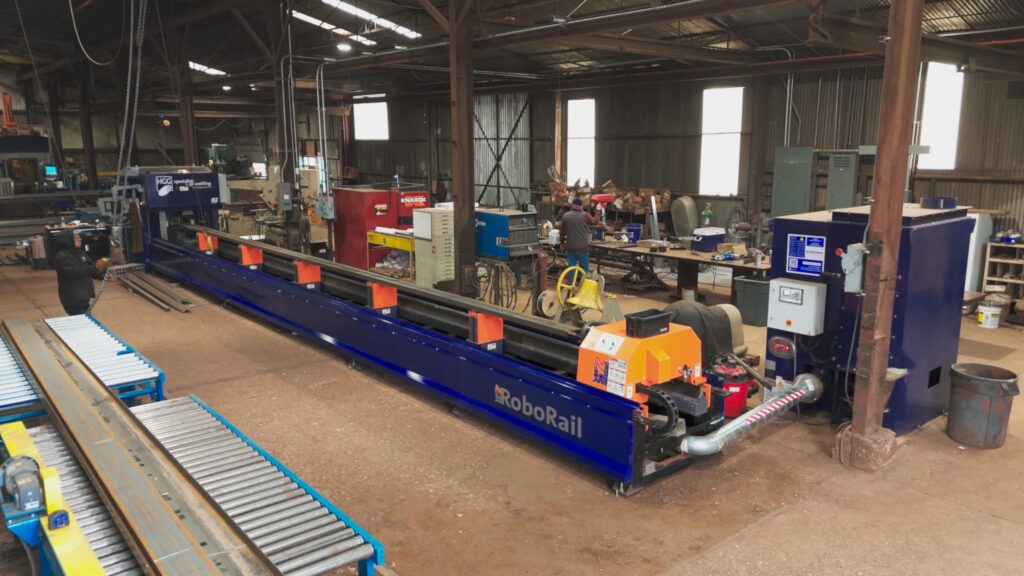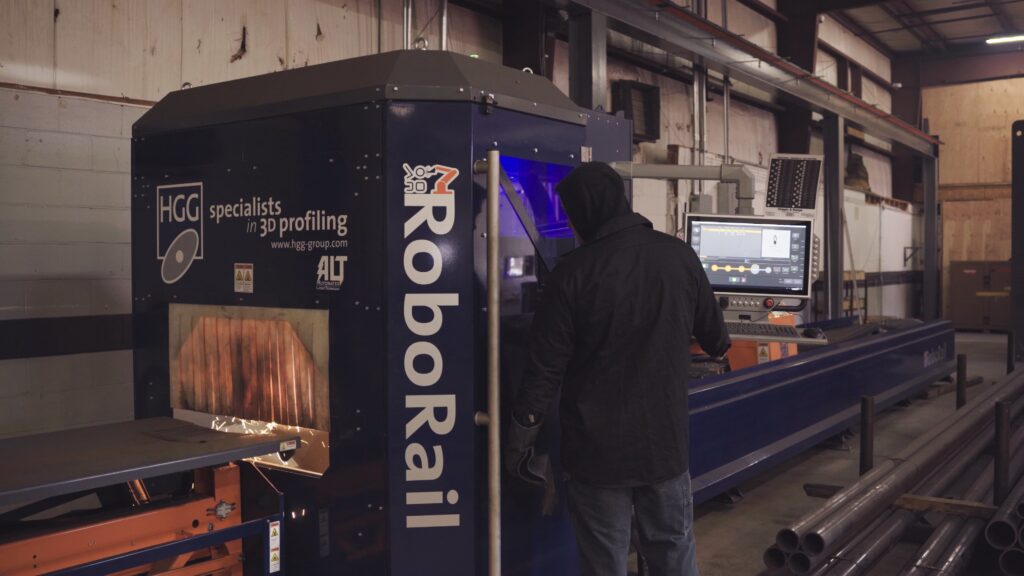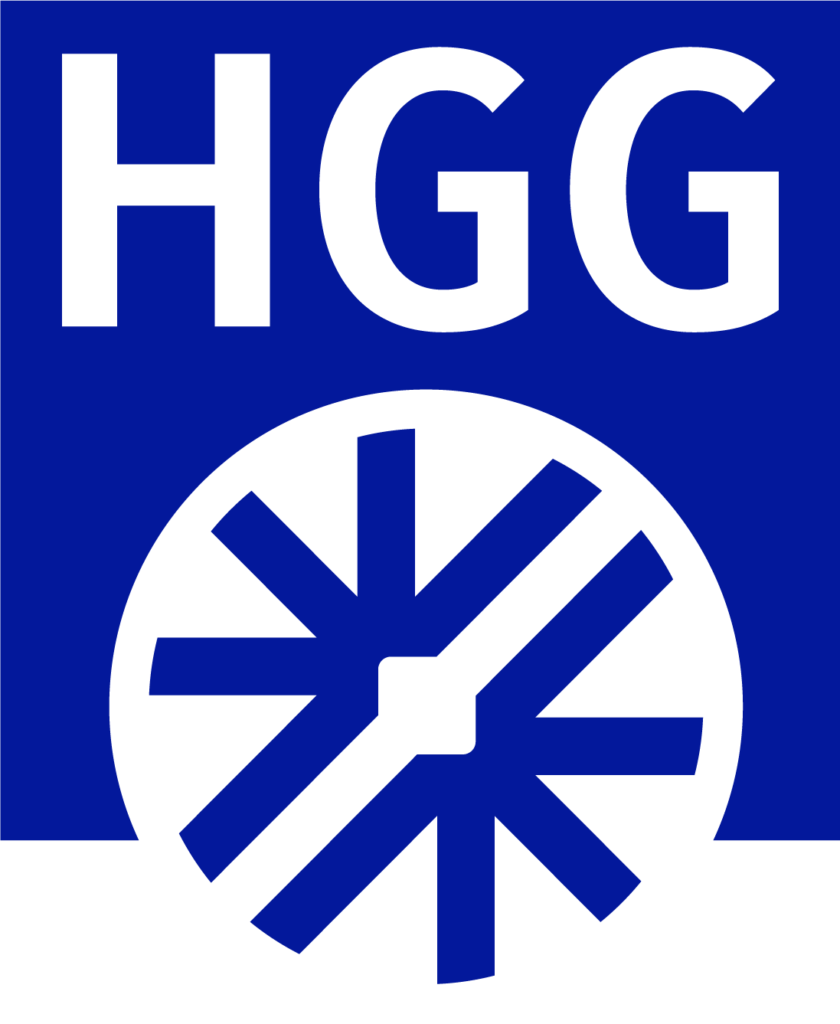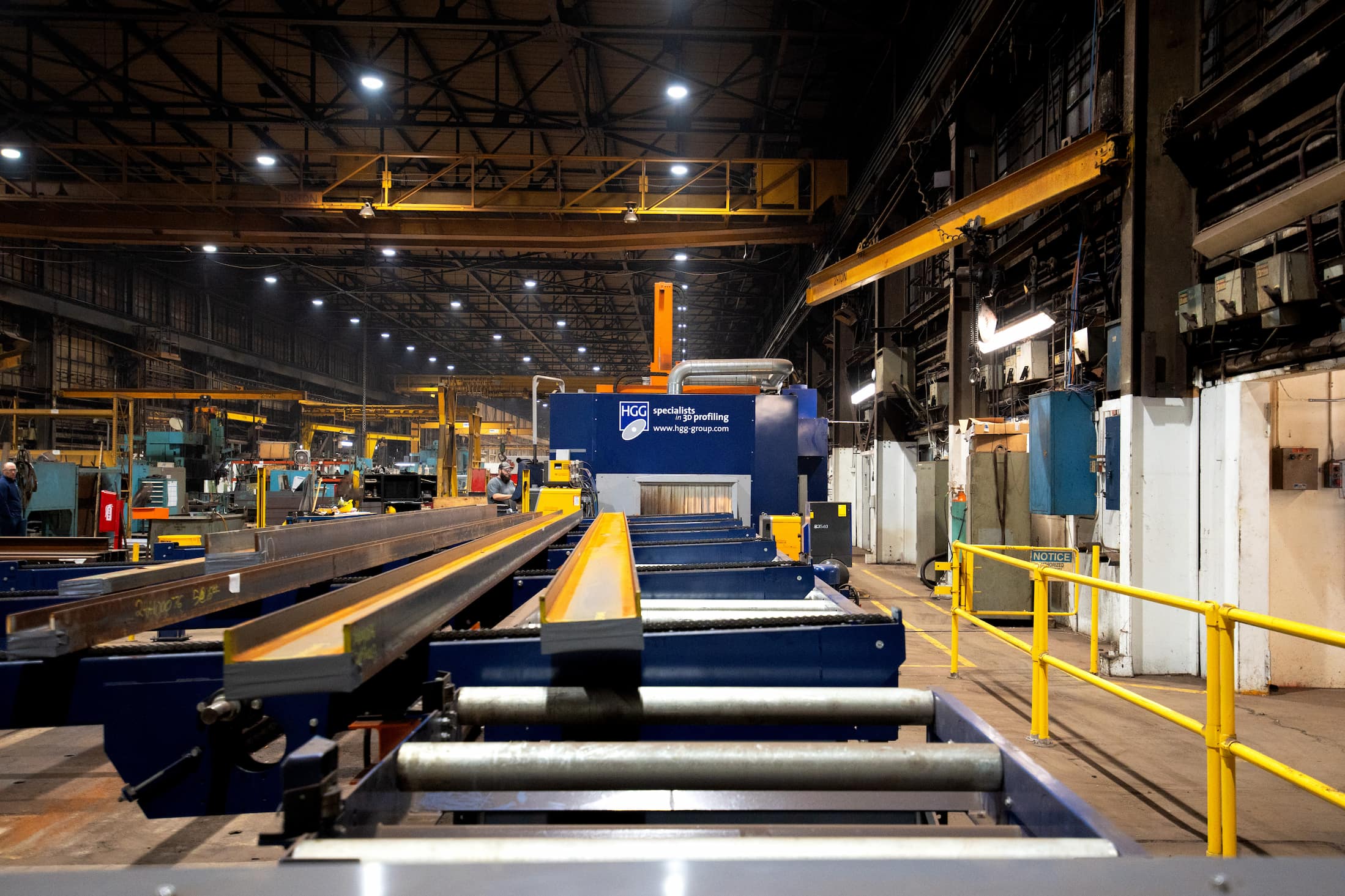
About this case
Introduction
LJUNGSTRÖM, a century-old manufacturer rooted in Wellsville, New York, is reshaping its industrial legacy for a greener future. Originally known for heat exchange equipment in utility and industrial boilers, the company has consistently evolved alongside its clients. Now, with the global pivot toward renewable energy, LJUNGSTRÖM is entering the offshore wind market—armed with innovation and automation. Central to this strategic leap is HGG’s RPC 1200 Mk3, a state-of-the-art 3D robotic profiling machine, which enables Ljungström to meet the growing demand for large, precision-cut components vital to offshore wind structures.
8
Operating Countries
LJUNGSTRÖM
1923
Founded
LJUNGSTRÖM
2023
Installation date
RPC 1200 Mk3
Embracing Automation for Offshore Success
To meet the scale and precision needed in offshore wind fabrication, LJUNGSTRÖM replaced its aging manual equipment with HGG’s RPC 1200 Mk3. “It would’ve been difficult, if not impossible, to cut or drill the required geometry of the parts that we’re fabricating with more conventional or manual machine tools,” explains Mike Zakel, Director of Custom Manufacturing Solutions. The transition to automation wasn’t just a technological upgrade—it was a strategic pivot that allowed LJUNGSTRÖM to compete in a new, more complex sector.
The RPC 1200 Mk3 offered everything the company needed: high-speed, robotic plasma cutting; automatic scanning to detect bent flanges and adjust in real-time; and beveling capabilities essential for weld-ready joints. As material arrives—often straight from the truck—the machine’s advanced vision system compensates for irregularities, ensuring precision from start to finish. With the ability to process up to 100 parts per eight-hour shift, the machine has transformed throughput and reduced cycle time dramatically. “Without it,” Zakel adds, “we wouldn’t be able to meet customer lead times. The machine is a vital component of our factory expansion.”
ProCAM Software: From CAD to Cut with Zero Friction
Seamless integration between design and production was a must. HGG’s in-house ProCAM software delivered just that. Fully compatible with LJUNGSTRÖM’s AutoCAD Inventor environment, ProCAM enables a direct path from CAD design to plasma cut, avoiding data loss and eliminating lag. “The system as a whole gives us the flexibility and confidence to tackle this new market,” says Zakel. By bridging design with machine operation, ProCAM supports an “art to part” workflow, connecting effortlessly with software suites like Tekla Structures, SolidWorks, and BobCAD.
This newfound agility enables LJUNGSTRÖM to fabricate secondary steel components—critical parts that complement primary offshore wind turbine structures—with accuracy and speed. The RPC 1200 Mk3 handles diverse profiles including I-beams, angle bars, channels, and square tubes, all essential to building massive offshore wind assemblies capable of withstanding extreme maritime environments.
Looking Forward
The implementation of the RPC 1200 Mk3 has catalyzed more than just technological progress—it has fueled regional economic growth. LJUNGSTRÖM has doubled its workforce and restructured its production floor to support the increasing demands of the offshore wind industry. With its new capabilities, the company is well-positioned to expand its footprint in renewable energy and deepen its collaboration with HGG.
“There’s a real excitement here,” Zakel says. “This machine opens up new opportunities for LJUNGSTRÖM and we’re ready to support our customers.” As they continue to grow, LJUNGSTRÖM and HGG remain aligned in their vision: driving innovation that strengthens communities and powers a cleaner future.
“Without it, we wouldn’t be able to meet customer lead times. The machine is a vital component of our factory expansion.”
Mike Zakel, Director of Custom Manufacturing Solutions, LJUNGSTRÖM
This article was originally published on Fab Shop Magazine. Read the full article here.
